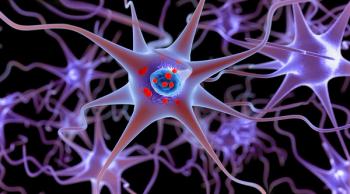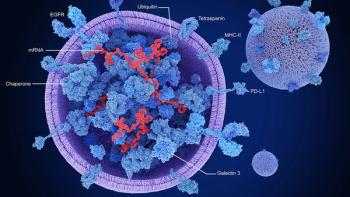
Researchers Discover Structure and Mechanism of Human Antibody for Zika Virus
Human antibody for Zika virus could help in the treatment and prevention of the infection.
Researchers from Purdue University, Vanderbilt University Medical Center, and the Washington University School of Medicine have determined the structure of a human antibody that binds to the Zika virus and interferes with the infection mechanism. The findings, which were reported in
The human antibody was isolated earlier in 2017 from a person previously infected with Zika virus. It was found that the antibody neutralizes Zika strains that belong to African, Asian, and American lineages and is, therefore, able to reduce fetal infection and death in mice.
Zika is part of the flaviviruses family, which includes dengue, West Nile, yellow fever, Japanese encephalitis and tick-borne encephalitic viruses. In this study, researchers managed to determine the combined three-dimensional structure of the Zika virus while attached to a key binding site on the antibody known as the antigen binding fragment, or a Fab molecule. The genome of the Zika virus is housed inside a protective shell that consists of 60 repeating units, each containing three envelope proteins, or E proteins. When the virus attaches to a host cell’s outer membrane, a difference in pH, or acidity, in the membrane causes these “trimers” to expose “fusion peptides,” leading to the transfer of the viral RNA genome, a crucial mechanism of infection.
The new findings show the antibody’s binding to Zika inhibits this pH-triggering mechanism, neutralizing the virus by “cross-linking” the E proteins, tying them up and preventing their reorganization into “fusogenic” trimers. Because the surface of Zika is made of 60 copies of three E proteins, it was initially thought that 180 copies of the antibody’s Fab molecules would be needed for neutralization. However, researchers found that one antibody binds six E proteins, suggesting that only 30 antibodies are needed to achieve neutralization.
A YouTube video is available at
These findings will be useful in the development of antiviral drugs, especially in helping to identify key sites on the virus for human antibodies to attach to. The research was funded by the National Institutes of Health.
Source:
Newsletter
Stay at the forefront of biopharmaceutical innovation—subscribe to BioPharm International for expert insights on drug development, manufacturing, compliance, and more.





